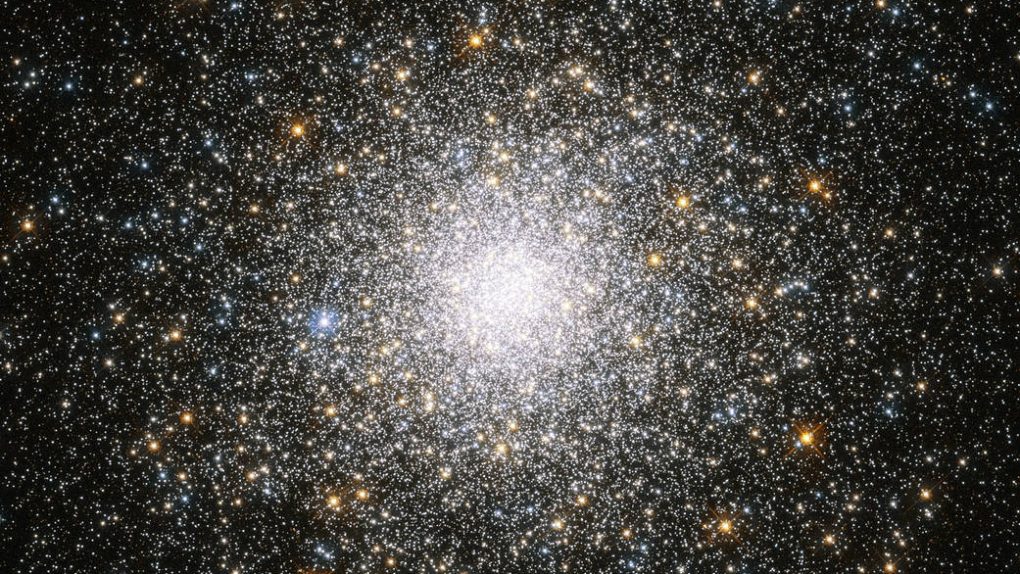- Scientist says that life almost certainly exists outside of Earth.
- However, based on the odds of RNA formation, life is likely very rare and will be near impossible for us to actually find.
- The work was published in the Nature journal Scientific Reports.
- Visit BGR’s homepage for more stories.
The question of whether or not Earth is the only place where life exists in the universe remains unanswered and, according to a new research paper, it may remain unanswered forever, as far as the human race is concerned. As astronomers and mathematicians have expanded their understanding of the universe and provided new insights and theories as to its size and expansion, we’re beginning to understand why it’s so hard to find other intelligent life, and why it (probably) still hasn’t found us.
While many studies have focused on the likelihood of life taking root on other worlds based on factors like the ratio of habitable planets or the number of planets orbiting certain types of stars, this one is a bit different. The research revolves around how RNA — ribonucleic acid, vital to life as we know it — forms, self-replicates, and eventually results in complex life.
As the researcher explains, based on what we think we know about the formation of RNA, conditions have to be just right for it to exist, with its building blocks rarely existing in high enough quantity for there to even be a chance that pops into existence. In fact, this high-stakes numbers game suggests that a region of space as large as our observable universe had only a small chance to harbor the conditions for RNA to form, yet here we are.
So, the question remains: Does life exist out there somewhere? The scientist says that yes, it almost certainly does, but there’s a really good chance we’ll never, ever find it.
“There is more to the universe than the observable,” Professor Tomonori Totani, author of the work, said in a statement. “In contemporary cosmology, it is agreed the universe underwent a period of rapid inflation producing a vast region of expansion beyond the horizon of what we can directly observe. Factoring this greater volume into models of abiogenesis hugely increases the chances of life occuring.”
Totani argues that while the current number of stars in the observable universe is estimated to be approximately 10 sextillion (or 10^22), the number of stars in a model that accounts for universe inflation may be over 10 googol (or 10^100). If that is the case, that’s a huge petri dish within which RNA, and life, could form.
That’s great news for anyone who dreams of a cosmos with other forms of life, but actually finding that life presents its own wealth of challenges. At this point in our history, we’ve not yet mastered the art of traveling to other worlds, much less other stars and galaxies, and we’ve certainly not come close to imagining what it might take to travel outside of the bubble of our current observable universe.
Put simply, the numbers suggest that life does exist somewhere out there. Unfortunately for us, it probably exists in locations so distant that we may never, ever come close to find it. Bummer.








